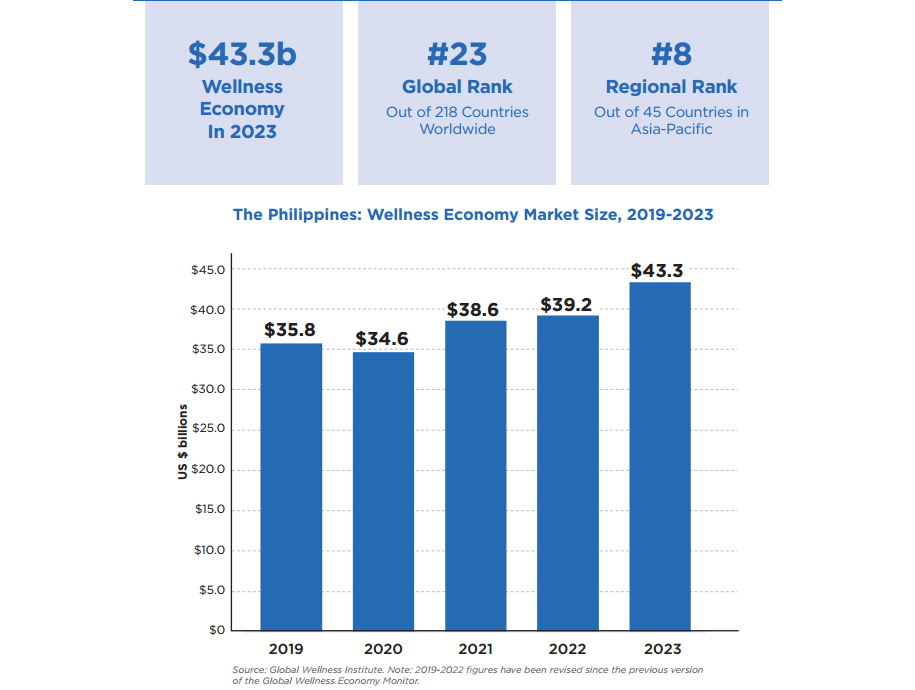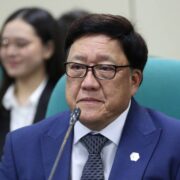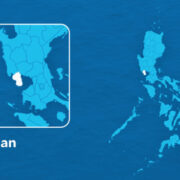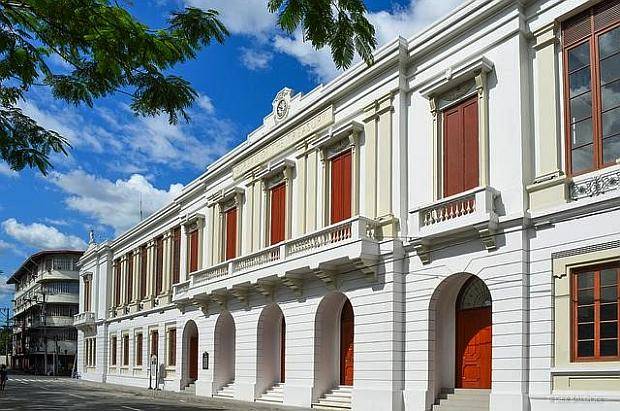Wellness tourism: Bright light for PH

Across the Philippines, where ancient healing traditions are celebrated alongside modern spa science, the country’s wellness tourism is positively glowing: It’s a sector worth $43.3 billion, making it one of the top 10 in Asia’s wellness market.
In its report on the global wellness economy from 2019 to 2023, the Global Wellness Institute (GWI) ranks the Philippines’ performance eighth among 45 countries in the Asia-Pacific region, after showing impressive resilience in its recovery from pandemic-related disruptions: revenue growth of 19.2 percent in the spa sector alone; robust wellness tourism generating $3.61 billion annually; a healthy appetite from 2.699 million wellness travelers who spent an average of $1,337 per therapeutic getaway.
GWI added the Philippines to its expanding Geography of Wellness platform through a strategic collaboration with the Department of Tourism (DOT), which aims to explore the unique wellness landscape of the country’s growing wellness economy.
A closer look at these numbers reveals that it is domestic tourism driving growth in the country’s wellness travel sector. In 2023, domestic trips accounted for almost 2 million visits with expenditures of $2.16 billion, while international wellness travelers contributed 853,000 trips worth $1.45 billion, according to GWI. There is a healthy mix of both primary wellness travelers—those whose main purpose is wellness—and secondary wellness travelers, who incorporate wellness activities into broader vacation plans. Primary wellness trips totaled 1.691 million in 2023, generating $2.24 billion in expenditures, while secondary wellness trips reached 547,000 with spending of $0.77 billion, according to the report.
Within the broader Asia-Pacific wellness tourism landscape, the Philippines competes in a market that generated $830 billion globally in 2023. The country’s wellness economy as a whole represents 9.92 percent of its gross domestic product, indicating the substantial economic importance of the sector. With per capita wellness spending at $369, there remains considerable room for growth as the domestic market continues to mature.

Spas and springs
The Philippines’ spa industry has been a crucial component of wellness tourism, with over 1,822 spa establishments across the country as of 2023 and revenues reaching $681 million. Hotel and resort spas lead the market with 1,154 establishments generating $510 million in revenue, followed by day, club, and salon spas with 513 establishments earning $99 million.
The Philippines also maintains a network of 208 thermal and mineral springs establishments, generating $93 million in revenue in 2023. While representing a smaller segment of the wellness tourism market, these natural assets offer significant potential for further development, particularly given the growing global interest in authentic, nature-based wellness experiences.
According to The Future of Wellness Tourism 2025 report by full-service marketing and communications company Finn Partners, the thermal springs sector represents a particularly promising opportunity. Countries like Iceland, Croatia and Georgia are investing heavily in thermal tourism infrastructure, with governments recognizing thermal springs as catalysts for rural economic development. The Philippines could follow similar strategies, particularly given that thermal springs often redirect tourists away from crowded urban centers, which can help manage over-tourism while developing rural communities.
The Philippines is likewise well-positioned to capture several emerging wellness tourism trends indicated in the Finn Partners report, which could significantly enhance its market position:
The “Age Bender” market: Travelers who are age-agnostic and focus on longevity regardless of chronological age. This demographic spans from proactive Gen Z wellness enthusiasts to active Baby Boomers seeking experiences that emphasize fitness, nutrition, creativity and brain health training rather than age-specific programs.
Women’s health tourism: The Philippines’ existing spa infrastructure provides an excellent foundation for expanding into specialized women’s health services, including menopause retreats, fertility programs and holistic reproductive wellness.
Nomadic wellness tourism: Addresses the growing segment of “resident nomads” seeking extended stays of three weeks to three months in wellness destinations. This trend aligns perfectly with the Philippines’ diverse landscapes and could support hybrid accommodation models that combine wellness facilities with longer-term residences.
Regenerative tourism leadership: Offers the Philippines an opportunity to differentiate itself by moving beyond sustainability to actively improve ecosystems and strengthen local communities. This approach involves creating transformative experiences that preserve traditional healing practices like “hilot” massage while providing economic opportunities for local practitioners.
Culinary wellness integration: Global trends indicate dining experiences are evolving toward neural nutrition, or foods designed to boost brain function and gut health; personalized nutrition, which involve artificial intelligence (AI)-driven, DNA-based meal customization; mindful dining, such as meditative meal experiences that extend beyond the journey; and functional “mood foods” with ingredients with adaptogens and dopamine-enhancing properties. The Philippines’ rich culinary heritage and abundant fresh, local ingredients provide an excellent foundation for developing these cutting-edge wellness dining experiences.
Technology integration: The wellness tourism industry is rapidly adopting technology to enhance guest experiences. The Philippines could integrate biometric wellness tracking using wearable device companies for personalized wellness journeys; AI-powered wellness recommendations for customized activity and treatment suggestions based on guest preferences and health data; and smart wellness infrastructure that uses high-technology spa equipment and environmental controls.
Looking ahead
As the global wellness tourism market is projected to reach $1.4 trillion by 2027, the Philippines’ strategic positioning in this growing market suggests promising opportunities ahead. The combination of natural beauty, diverse wellness infrastructure, strong domestic demand, and alignment with emerging global trends positions the Philippines as a destination to watch in the rapidly evolving wellness tourism landscape of Asia-Pacific.
The Philippines’ strategic focus on wellness tourism represents more than just economic opportunity—it embodies a commitment to holistic well-being that resonates with global travelers. As Susie Ellis, GWI chair and CEO, notes: “This welcomed collaboration with the DOT underscores the power of promoting wellness to enhance the nation’s overall economic vitality.”





















